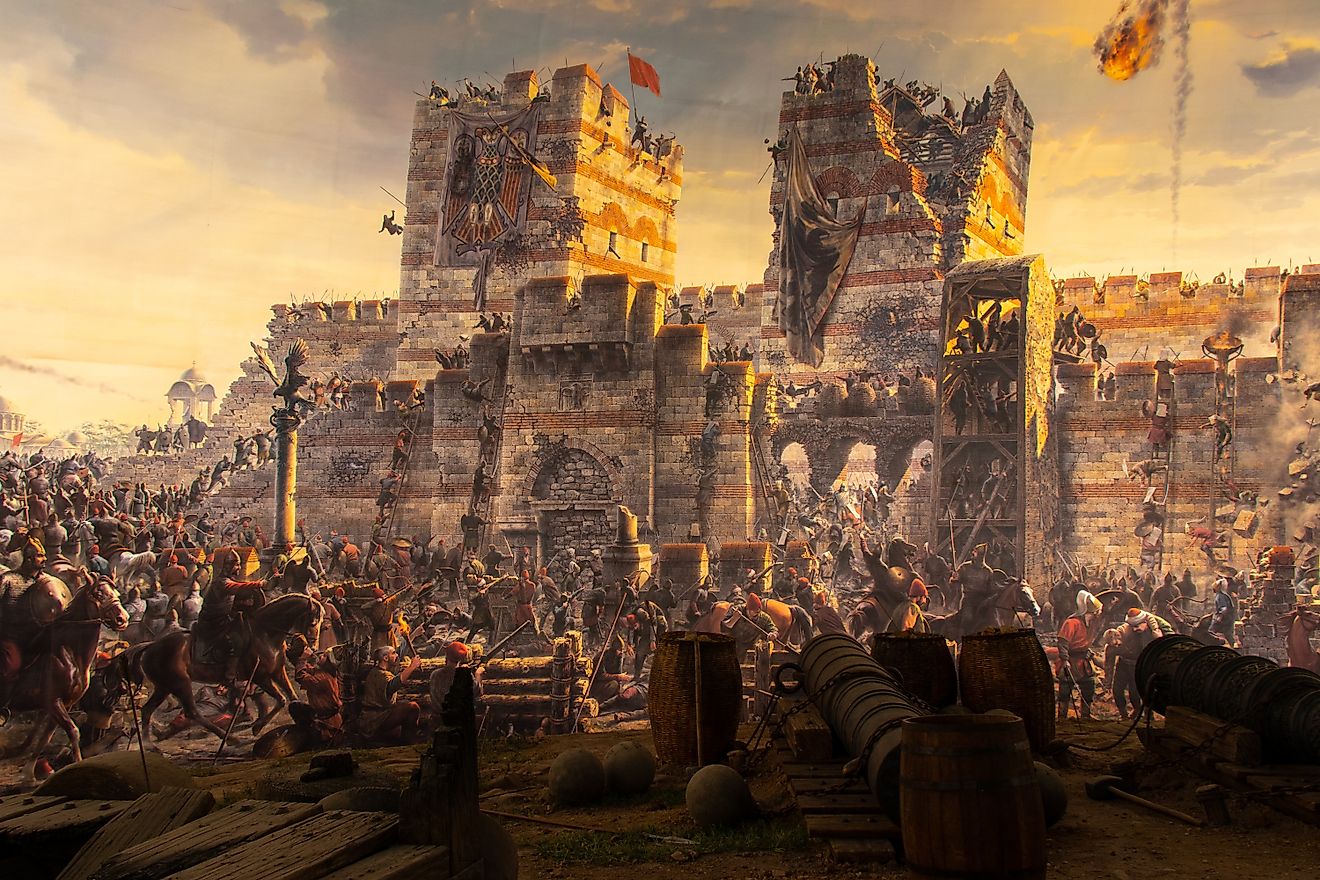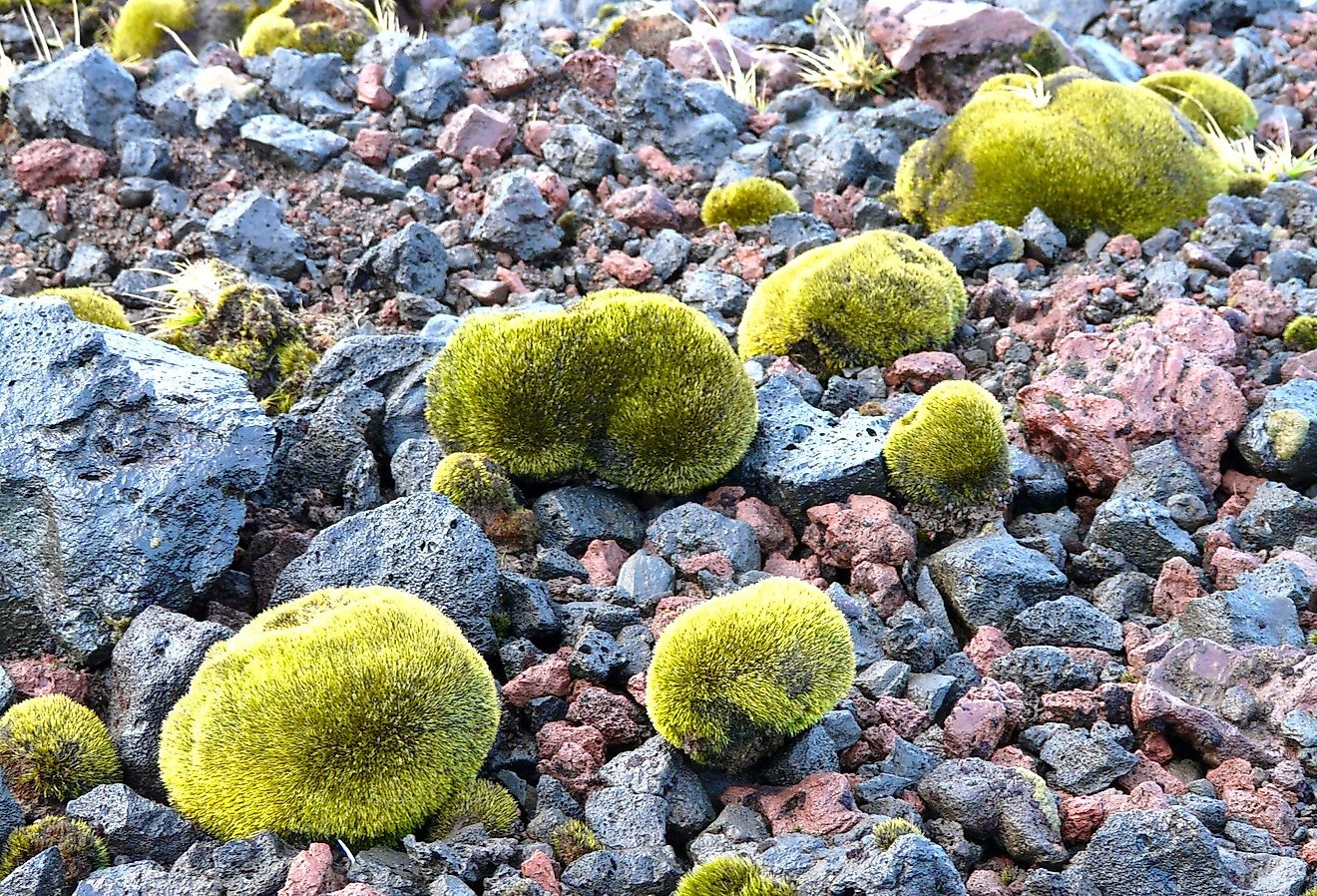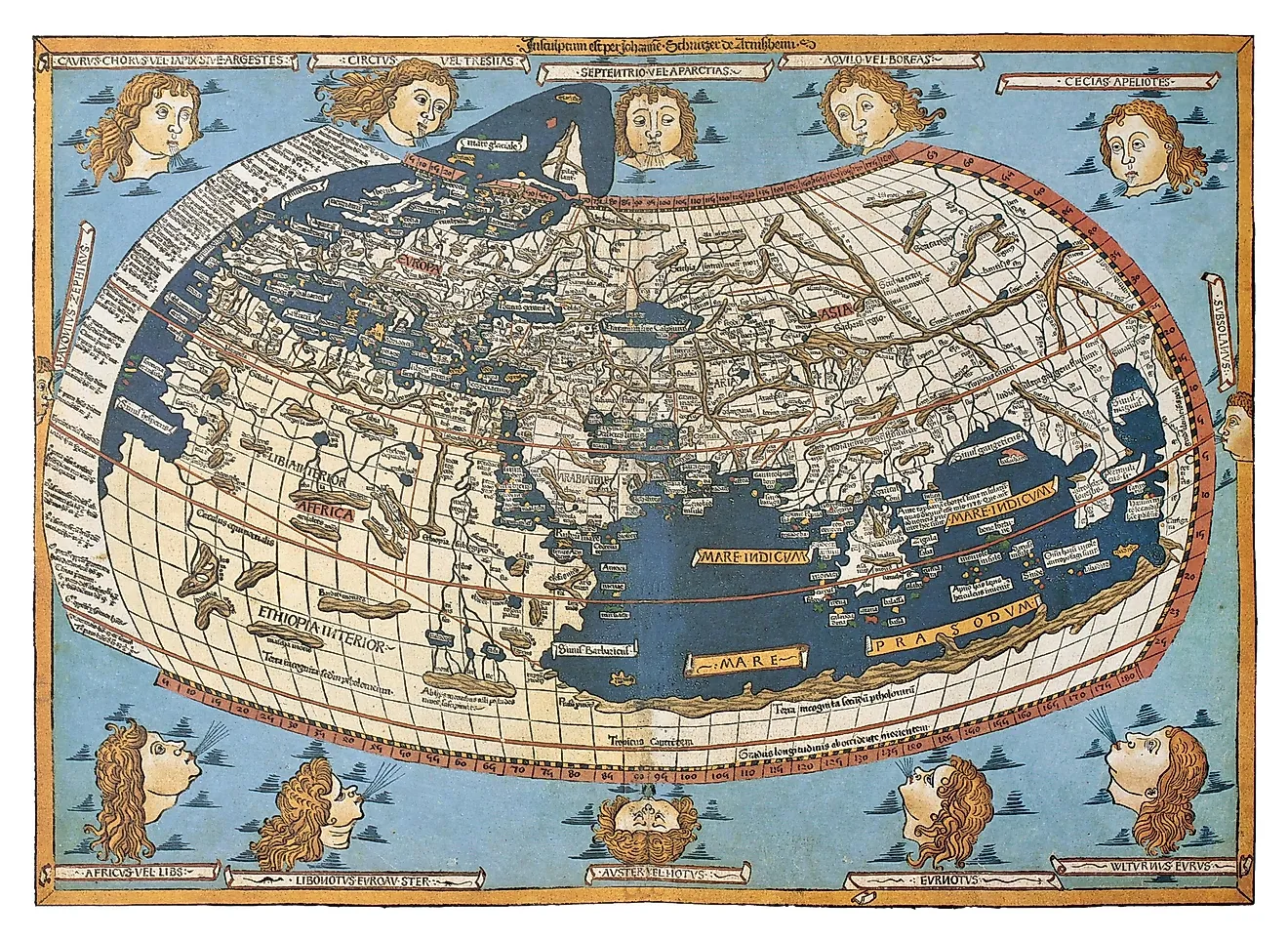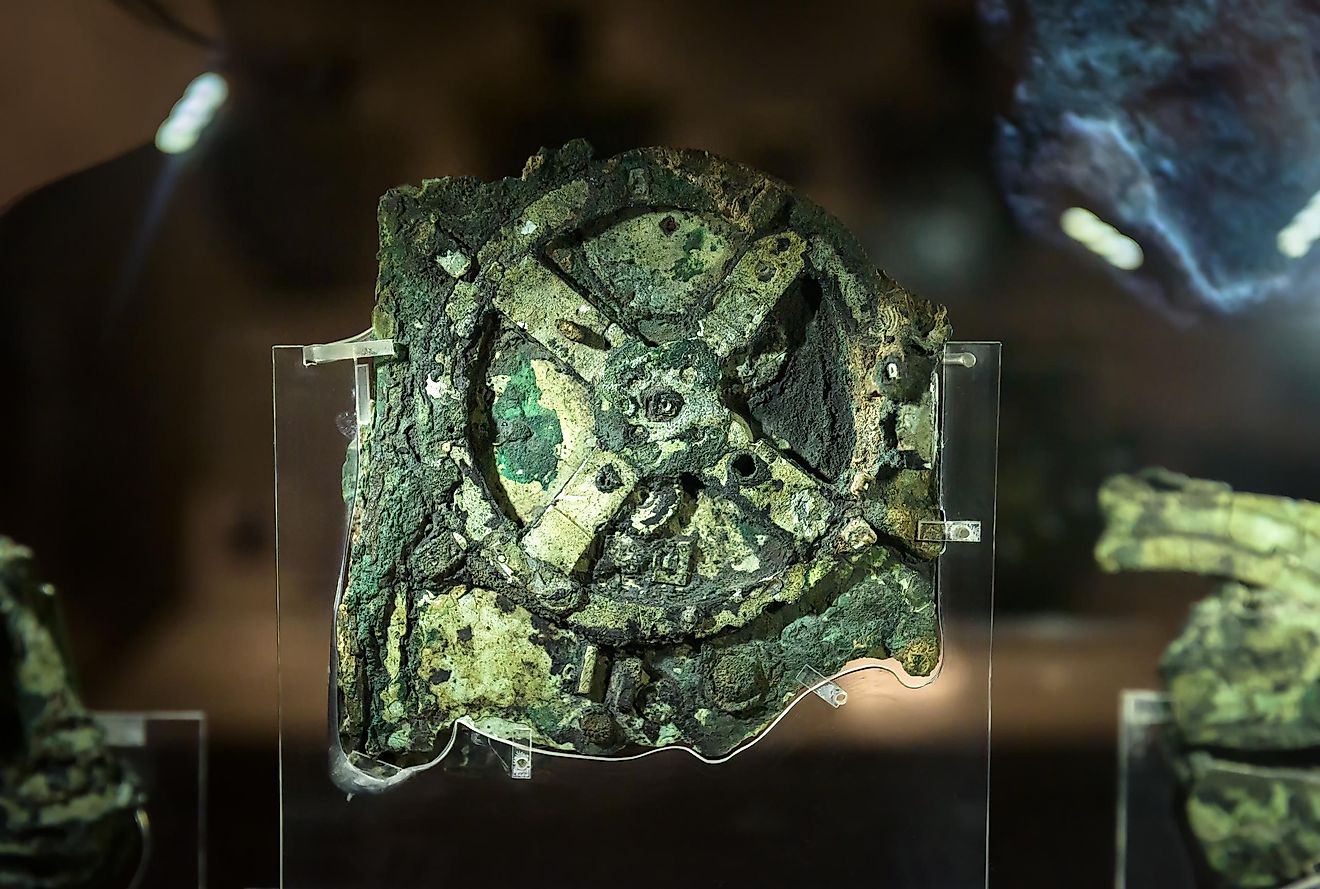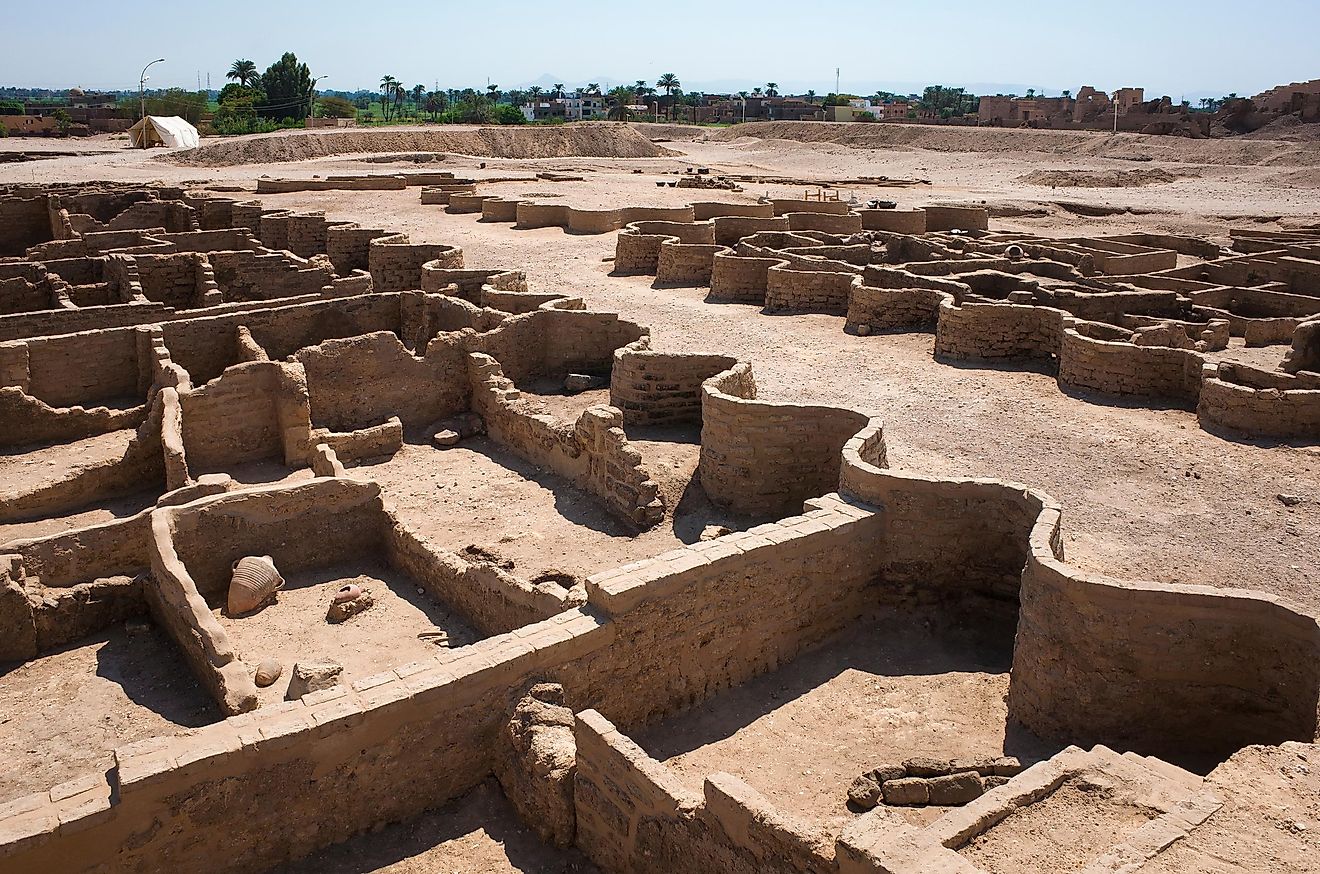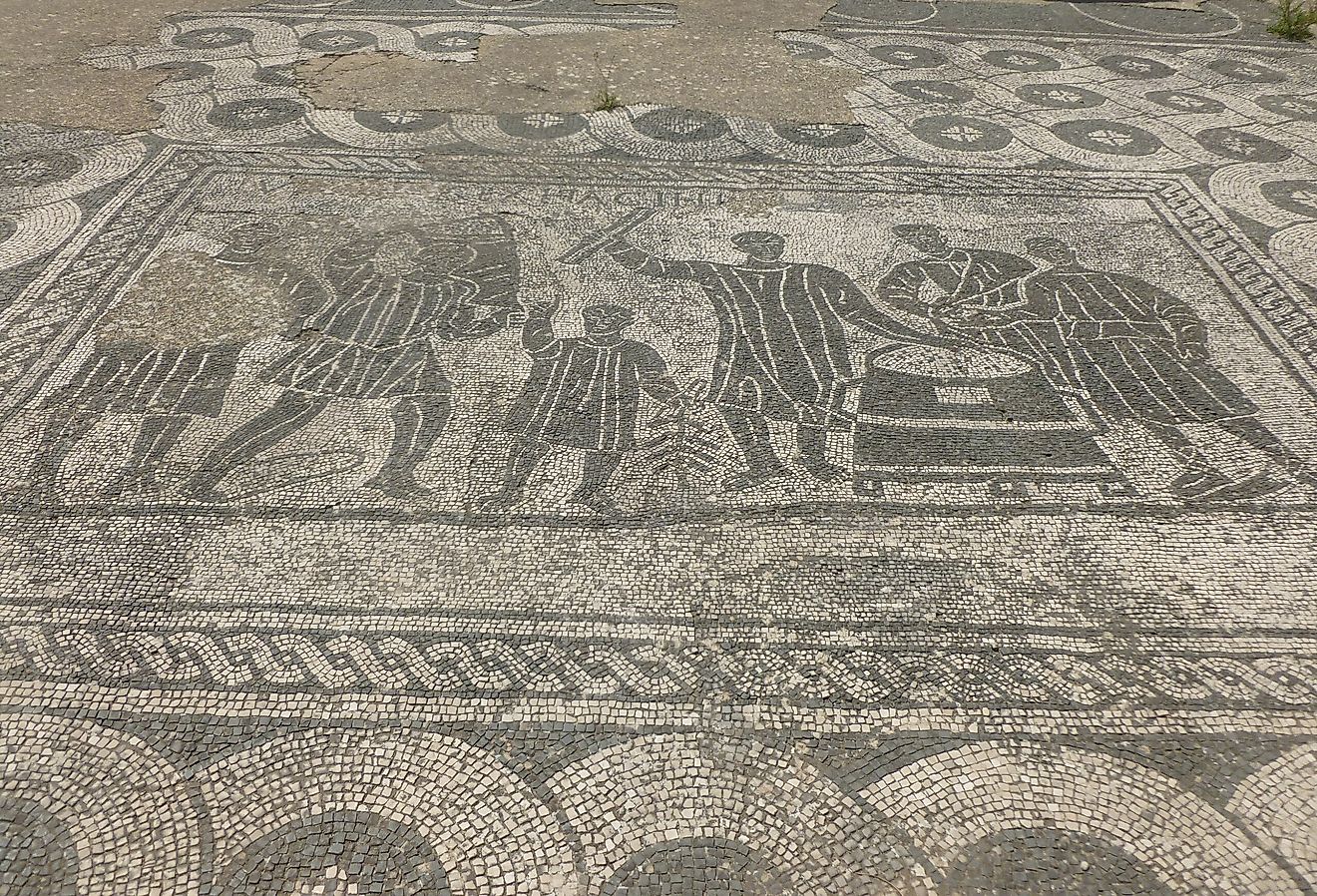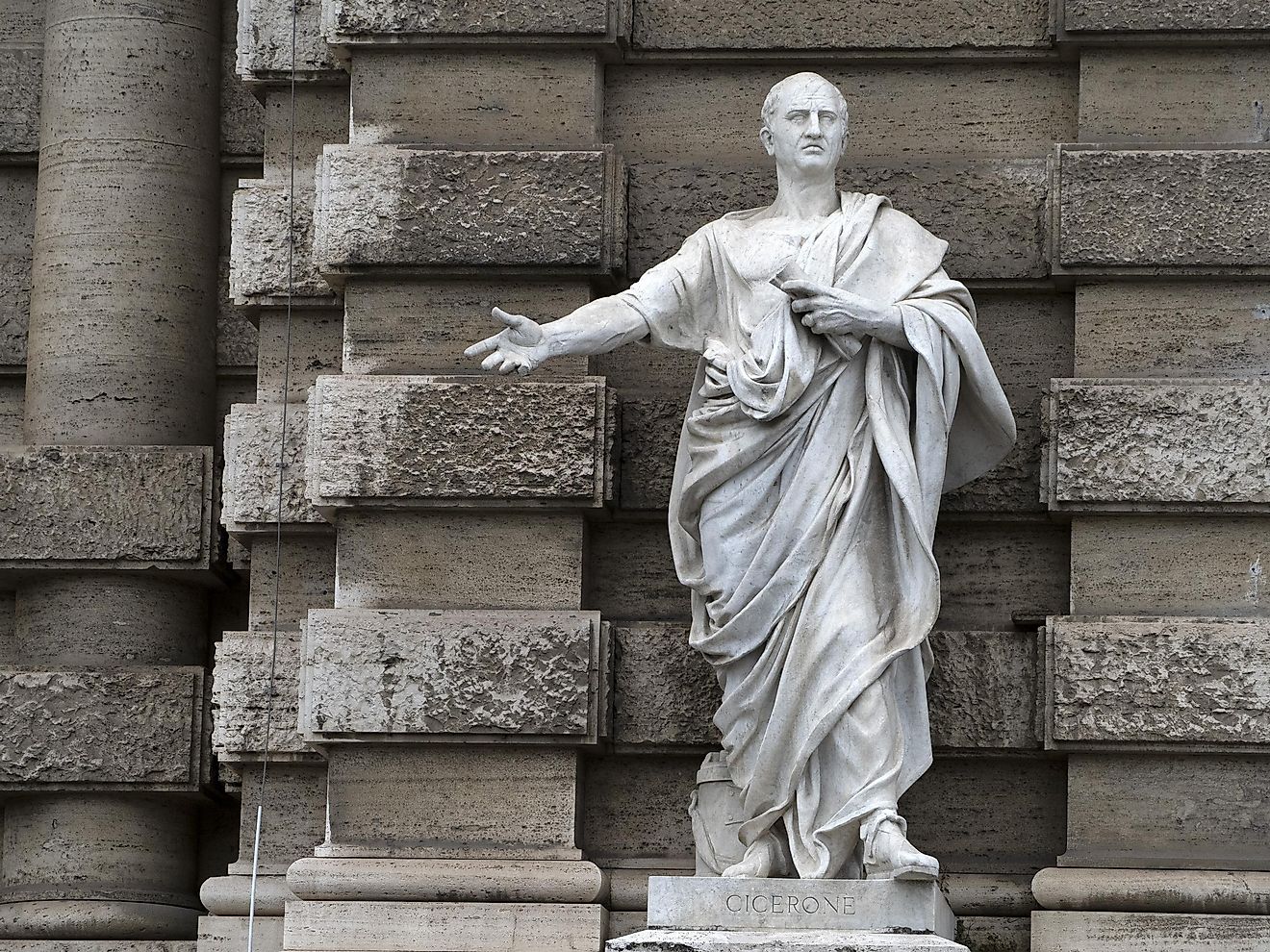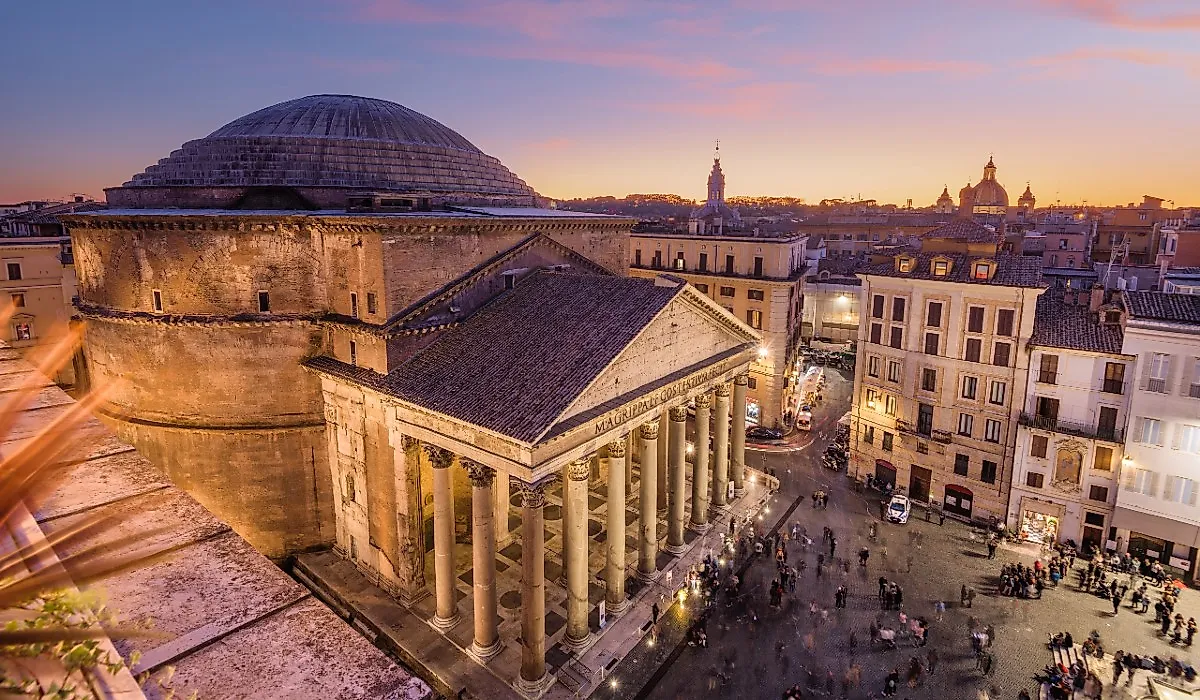
Ancient Roman Concrete That Got Stronger With Age
Although the ancient Romans did not invent concrete, it is a well-known fact that Roman concrete, also known as opus caementicium, is incredibly durable, lasting for thousands of years. Some have speculated that it even becomes stronger over time due to the material used in its construction. Researchers have discovered that the millennia-old Roman piers react to chemical processes, strengthening the hardened material. They have found that seawater seeping through the cracks and fissures promotes the growth of interlocking minerals, thereby contributing to the concrete's overall strength and durability.
The Romans were masters of engineering, accomplishing daring construction projects that leveraged their wealth of knowledge and experience. The materials Romans used to make concrete allow new minerals, such as al-tobermorite and phillipsite, to grow from the leached fluids, unlike the reactions in modern materials.
Pozzolanic Material
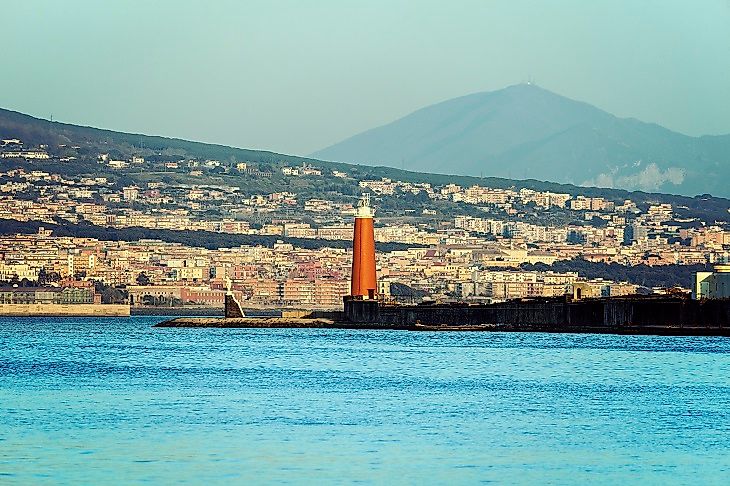
The key ingredient in Roman concrete is volcanic ash from Pozzuoli on the Bay of Naples. The traditional "recipe" for the mortar consisted of one part limestone mixed with three parts pozzolana, with pieces of hard material, such as volcanic rock, used as the aggregate. Water is required for the chemical process to begin, and it is generally agreed that the Romans used seawater, which gave the final mixture a unique crystal formation that contributes to the concrete's overall durability.
When saltwater comes into contact with the concrete, a chemical reaction occurs between the pozzolana, lime, and seawater, resulting in the formation of a crystal called tobermorite. Roman scholar Pliny the Elder described the concrete in contact with salt water as "a single stone mass, impregnable to the waves and every day stronger." This reaction happens due to the cracks in the concrete, allowing tobermorite crystals to form in the cracks. The crystals enable the concrete to flex when under pressure rather than shattering. This process reoccurs when new fissures form, resulting in a continuous re-strengthening of the original material, an epic example of ancient ingenuity.
Historical Assumptions
Historically, it had been assumed that when lime was incorporated into Roman concrete, it was first combined with water to form a highly reactive paste-like material in a process known as slaking. But this process alone could not account for the presence of the lime clasts. As researchers delved more into the chemical processes used, they discovered that lime was used as an aggregate, meaning inert materials used in the mortar.
Ancient Pozzolana Uses
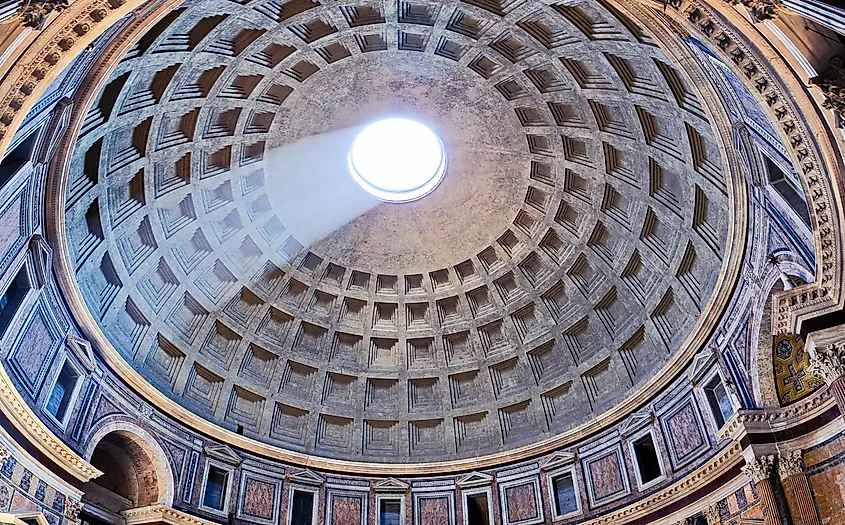
There are many examples of Roman engineering projects that allow researchers to gain a deeper understanding of why concrete becomes stronger over time. Ancient Romans used this concrete to build marvels such as the Pantheon Dome and harbor structures in the Mediterranean Sea, including Caesarea Maritima. The longevity of Roman structures remained an enigma to researchers until 2014, when, thanks to advanced techniques, they reached a viable conclusion about the reasons for the concrete's longevity.
The Pantheon Dome still stands today as a testament to the engineering feat of the Romans and the strength of their building materials. It was completed in A.D. 127 during Emperor Hadrian's reign as a temple for Roman deities. It was the largest dome completed at the time, and the Romans had the foresight to use lighter aggregate toward the middle to prevent the dome from collapsing. This plan proved successful, as tourists continue to visit the dome to this day.
Caesarea Maritima was an ancient port city on the Mediterranean Sea, located in present-day Israel, and was completed by Herod the Great in 9 B.C. It played a pivotal role in ancient times and is mentioned numerous times in the New Testament of the Bible. It was the largest port city in the Mediterranean Sea, and two large breakwaters were built from Roman concrete to protect it. This added to the multifunctional uses of Roman concrete, especially in watery conditions, thereby improving its quality over time rather than degrading it.
Roman Concrete Vs. Portland Cement
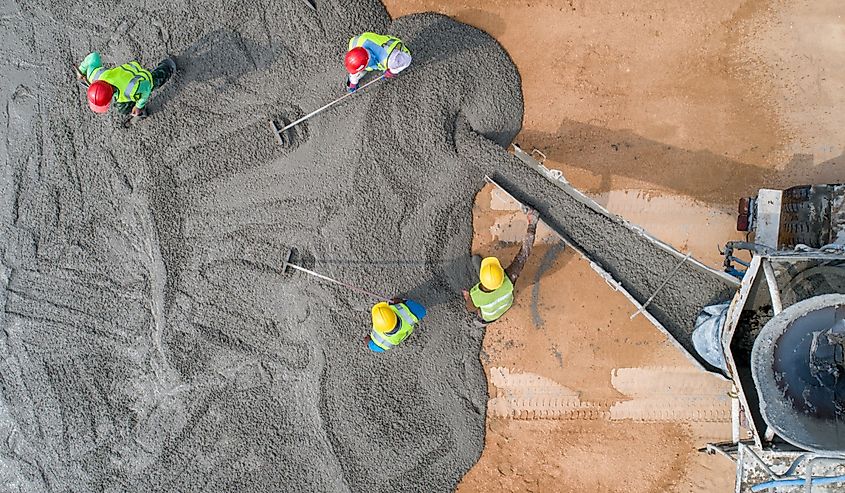
There are several differences between this ancient concrete and modern Portland cement. The modern-day blend lacks the lime-volcanic ash combination (it uses chalk, clay, and freshwater) and doesn't bind well compared to Roman concrete. It has been used for over two centuries but has a shelf life of less than 50 years when used in saltwater environments. Portland cement also has a larger carbon footprint, as its production requires large amounts of carbon dioxide, one of the most harmful greenhouse gases.
Dr. Admir Masic, a professor at MIT, concludes that the steel used to strengthen concrete also weakens it. Over time, water reacts with the concrete to create calcium hydroxide carbonate, which causes the rebar to corrode. The result is cracks in the concrete's surface. If left untreated, the cracks expand, causing the structure to crumble.
Roman concrete is not only more durable than Portland cement, but it is also more sustainable to produce. To make Portland cement, carbon is emitted by the burning fuel used to heat a mix of limestone and clays to 1,450 degrees Celsius (2,642 degrees Fahrenheit), as well as by the heated limestone (calcium carbonate) itself. On the other hand, Romans used less lime and made it from limestone baked at 900 degrees Celsius (1,652 degrees Fahrenheit), emitting less carbon.
Why Not Use Roman Concrete in Modern Architecture
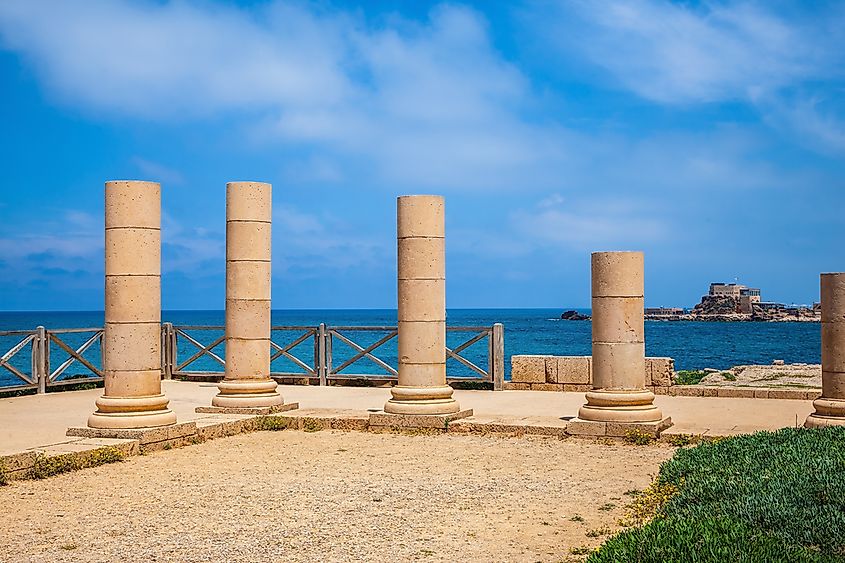
Researchers' analysis of opus caementicium sheds light on more environmentally friendly alternatives to Portland cement that already exist. So why not use Roman concrete in modern architecture? The primary answer is expediency. Modern construction relies on the rapid speed and strength of Portland cement, which is attributed to the steel rebar that helps it cure more quickly. The availability of volcanic ash is also not logistically feasible in many areas, further backing up construction times.
Studying ancient engineering processes and materials is an eye-opening experience for many, especially when combined with modern technology. The very fact that these structures still exist to study is a testament to the builders' ingenuity and engineering prowess. Roman concrete has fascinated researchers for years due to its exceptional durability and remarkable ability to become stronger over time rather than deteriorating.
In a time when the world's population was smaller and technology did not exist, ancient civilizations relied on the materials at hand and, through experimentation, discovered what worked best for them. These practices are not practical in a fast-paced world where architectural and other projects rely on mass production and speed to complete the job. Through this lens, it is even more fascinating to contemplate what the Romans achieved using pozzolana materials.
